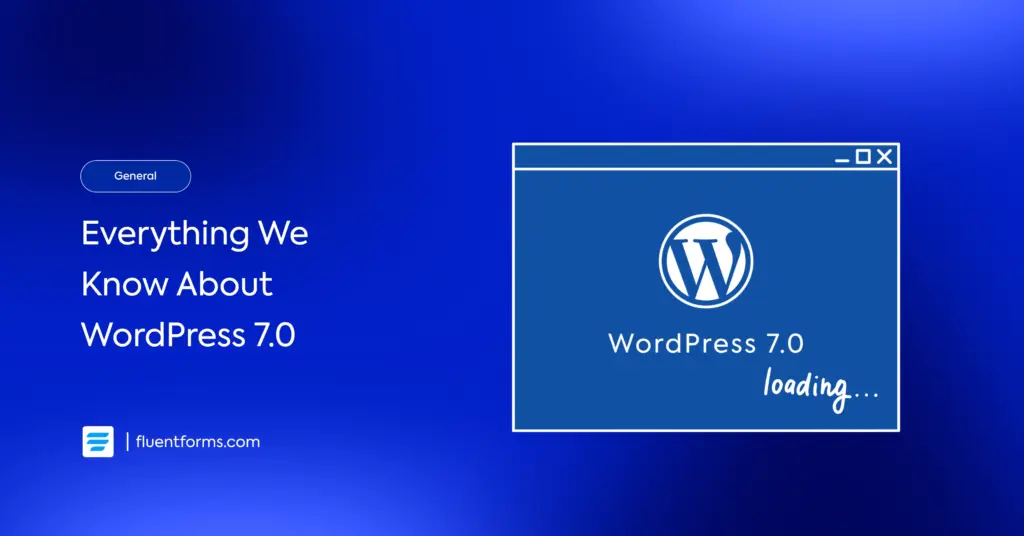How to Create a WordPress Staging Site Manually

Creating a WordPress staging site all by yourself might seem like a hassle, but for people who prefer control over anything, it’s the right way to do it.
As you have come to this blog, it means that you are a techy person who wants to have full control when creating a WordPress staging site. This blog might be your guide to make the process foolproof for you.
In this blog, we’ll walk you through the pros and cons of manually creating a staging site so that you can decide if you wanna do it or not, along with the step-by-step process of creating a staging environment manually.
Let’s start with the basics!
What is a staging site or staging environment
A staging site is like an exact copy of your real site. The fun part is that you can do whatever you want on a staging site, and it won’t affect the real one.
Creating a staging environment helps you experiment with your site without risking anything.
Simply put, it’s like entering a stage before the play, rehearsing your lines, and tweaking anything you want without fearing getting judged. Whatever you do on a staging site isn’t shown to the website visitors.
Who needs a staging site
Now, do you need a staging site? How can we determine this?
If you run a business with a website- like a bakery, a pet store, or a yoga studio- you can’t afford for your site to crash when customers are browsing or in the process of making payments.
Big corporations always have a staging site because their site is also a great source of customer engagement and revenue. When your business is small, you also must have a staging site. Why?
As a small business, getting your site crashed because of some experimentation might hurt your business badly. Customers might bounce off while getting constant 404 errors on your website.
A staging site lets you test updates without risking sales or scaring off visitors.
Benefits and challenges of a staging site
Creating a staging site comes with both benefits and challenges.
Now, about the benefits:
- You can update WordPress safely
- Creating staging websites is easy
- You have complete freedom to test your changes
Regarding the challenges:
- Usually, the staging feature isn’t free
- Longer website updating time
How to create a staging site on WordPress
There are several ways to create a WordPress staging site. We can categorize them according to their difficulties.
Beginner-friendly ways to create a WordPress staging site:
- Create one through your web host
- Use a plugin
A slightly advanced way to create a WordPress staging site:
- Create staging site manually
In this blog, we’ll only cover the process of manually creating a staging site on WordPress.
Pros and cons of creating a WordPress staging site manually
Before we walk you through the process of creating a WordPress staging site manually, let’s understand some pros and cons of this procedure.
| Pros | Cons |
|---|---|
| Full control over the process | The risk of errors is higher |
| No dependency on plugins | You lose features like ‘push to live’, gotta do it manually |
| Cost-free solution | Time-consuming process |
| Deepens the understanding of WordPress | Technical expertise required |
| Lightweight setup | Manually handle the security of the site |
We hope you clearly understand the trade-offs of the process before you decide to jump into it. Now let’s get to the step-by-step actions you need to take.
Manually creating a WordPress staging site
Creating a WordPress site manually isn’t very popular among beginners. That’s why there are very less tutorials around the internet.
Here are two tutorials by WP Johnny and Tony Teaches Tech that you can check out for a detailed understanding.
These tutorials give a total walkthrough of the manual process.
This one has a mixed strategy using both a manual approach and a plugin like Duplicator.
As you already know, it’s a complex process, so stay focused on each step that is stated below, unless you wanna risk your website crashing.
Here are the steps:
1. Create a subdomain for the staging site first. Go to your hosting account’s dashboard and click on the subdomains link.
2. Name your subdomain and click on the Create button.
3. Now, you have to create a dedicated FTP account for your staging environment. It will keep everything separate so that your changes aren’t shifted to the live site accidentally. Fill out the necessary fields in the FTP account’s dashboard. Keep the Directory the same as the directory of the subdomain.
4. Upload the live site to the staging area. This is easy to do. You have to find the phpMyAdmin option on your hosting provider’s dashboard and choose something similar to Operations. Now, choose the option to Copy Database To and enter the database name of the staging site. If this option isn’t there, you will need to create a database backup and then import it.
5. Finally, you can start copying the parts of your site, like plugins, themes, and other elements, and make changes as you see fit.
Wrap up
Now, you already know about the pros and cons of creating a WordPress staging site manually. It’s totally up to you if you see the hassle as full control. Whether you wanna save your pocket while investing your time.
How do you like to create your staging environment? Let us know in the comments below.







Leave a Reply